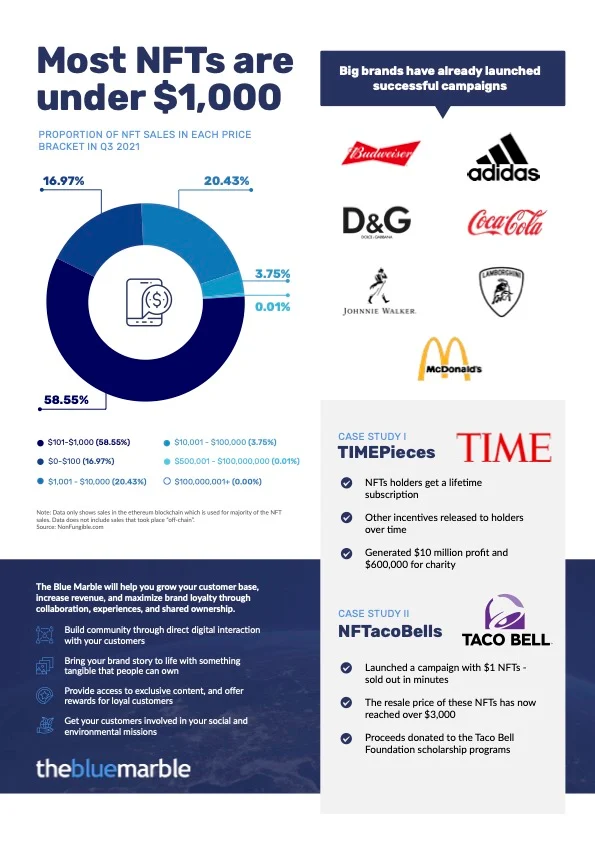Revolutionising how you interact with your consumers
The evolution of the brand
The nature of branding has undergone a serious revolution over the last three decades. Where once the customer was largely a passive consumer of brand messaging — accepting or rejecting an identity presented by the brand, now the brand constitutes the formation of a relationship: it represents a negotiated space between the brand and the individual consumer.
These days everybody’s relationship and perception of a brand will be subtly different, and this can be fostered, supported and personalised in a number of ways by the company, its marketing and its customer relationship management practices.
Of course, technology lies at the heart of this change. The public as a whole are now more empowered than ever to participate rather than merely consume — not just in the commercial sphere, but the educational, political, social and cultural. Brands are built as much on the interactions and conversations they foster as they are the unilateral communications they develop. Companies which are slow to catch on to this idea quickly fall behind.
Keeping ahead of the change
As technology evolves, it’s now crucial for companies to stay ahead of the curve — and technology is definitely evolving. However many companies are skeptical about embracing the Web 3.0 revolution as it’s frequently presented in the media as a flash-in-the-pan indulgent fad for 20-somethings with too much money and not enough sense.
But as with so many things in the media, that’s only half of the picture. NFTs are being used in increasingly diverse, interesting and meaningful ways to support corporate, creative and social endeavours.

How NFTs can strengthen your brand
NFTs have a huge potential to augment brand image, communicate brand values, and increase the strength of connection between consumer and company.
How?
Let us outline a few of the key ways.
NFTs are what you want them to be
The form and nature of an NFT isn’t fixed — it can be whatever you need it to be. This means it can be completely customised to support your identity, your values and the story you’re seeking to tell.
NFTs create something ‘tangible’, meaningful and connected
Even though you can’t hold it in your hand, an NFT represents something far more tangible than a lot of loyalty initiatives, because it is something that — through its non-replicable nature — makes it exclusive and capable of ownership. It is also by definition unique and personalised. This allows you to give your followers something that carries genuine value and utility, and in turn encourages investment and loyalty.
NFTs can be used to build a community
NFTs don’t only connect you with your customers, they connect customers with each other and form the foundations of a community. Web 3.0 is inherently all about community: it’s about empowerment and decentralisation. NFT ownership creates bonds and fosters a sense of belonging, all of which again develops a personal sense of investment and a resultant increase in brand loyalty.
NFTs act as sources of utility
The reason NFTs have been criticised of being mere hype in the past is because they were based purely on the concept of speculation — a risky proposition at best, based only on future sale utility and not the pleasure of ongoing ownership. But NFTs can be leveraged in much more creative ways, acting as membership passes to an exclusive brand experience: not only giving access to unique features, discounts and releases, but also granting a meaningful stake in the brand through royalties, rights and returns.
NFTs can make a difference
At the The Blue Marble our focus is on NFTs that foster social and environmental progress. We seek to connect markets with entrepreneurs, creatives and social enterprises who are leveraging the value and benefit of NFTs to support initiatives which benefit everybody collectively, and not just line the pockets of corporate fat cats.
And it’s in relation to the ethicality of your brand that NFTs can make a world of difference.
Across all sectors, all geographies and all markets, companies are finally getting wise to the fact that customers don’t just prefer but are actually demanding that the products they consume and the brands they align themselves with reflect their own values: particularly in relation to protection of the environment and the promotion of social conscience. Customers increasingly fearful of consumerist and capitalist models want to find ways to make them work with the planet, not against it.
Leveraging NFTs can be a fantastic way for brands to demonstrate practically their commitment to these principles. We’ve posted previously on how NFTs can reduce carbon footprints, support women’s initiatives, and raise money for charity — all of these elements can be leveraged by brands to communicate their values, uphold their ethical obligations, and make a meaningful difference.
Is it right for your brand?
Of course, the nature of brands — what they are and the purpose they serve — differs across sectors, even between product types within those sectors. You probably don’t feel the same about your brand of trainers as you do your toothpaste. And you don’t necessarily feel the same about your vacuum cleaner as your car, nor about your brand of coffee versus your brand of flour (or maybe you do, we’re not judging).
The extent to which we care about brands — and the bonds we form with them — often depends on a range of features relating to how (and how often) we interact with them, how much they come to form projections of our selves to others, and even how much they represent an investment to us (both personal and financial).
At the The Blue Marble, we see NFTs forming an important part of a brand development strategy for any company that:
- Wants to foster a personal connection with their customers
- Has a brand image that customers relate to their own sense of personality and identity
- Wants to create a brand experience that goes beyond simple consumption of the product
- Links people together through a shared sense of product experience or personal identity
- Wants to make a difference in the world, and communicate that difference to customers
For the right kind of brand relationship, NFTs can add a whole new dimension to the level of personalisation, interaction and investment — but it’s important to critically assess whether yours is the type of brand that can benefit, and find an NFT strategy that is congruent with that: Fortunately though, the great benefit of NFTs is that they can be leveraged in such diverse and creative ways that they can be tailored to work with nearly any branding strategy.
What does your brand NFT look like? And how will you get it started? Contact us at the Blue Marble for a free : hello@thebluemarble.io



